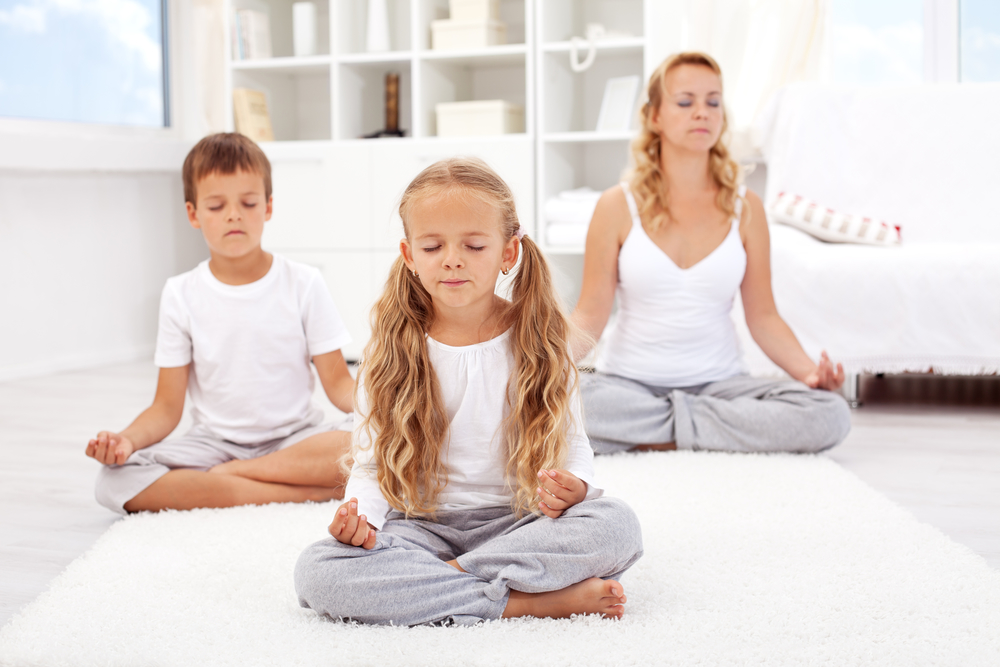We all experience anger, fear, frustration, sadness, rejection, disappointment, jealousy, and guilt at different times; they are simply part of being human. Self-regulation enables us to regulate and manage how we react to our emotions. Self-regulation is the crucial foundation for children’s healthy social and emotional development. Before they develop other social and emotional skills children first need to develop the capacity for self-regulation – the ability to manage their thoughts, feelings, and actions.
Self-regulation is not a skill that can be taught, it is something that has to be modelled and experienced through co-regulation hundreds and hundreds of times. Just like children learn by doing when they learn to play an instrument or ride a bicycle, they learn how to self-regulate by experiencing co-regulation, where an adult brings them back to calm. These experiences of co-regulation enable children to develop their own neural pathways they can use to independently bring themselves back to a calm state.
5 ways we can help children co-regulate.
- Self-regulate first
During their big emotions and challenging behaviours our children need us to be their calm safe place. It can be incredibly challenging to deal with a child who is incredibly upset and irrational. Their nervous systems will pick up on what our nervous systems are doing so we need to self-regulate first. Take a few deep breaths, clear your mind, and focus on being calm. Our self-regulation serves as a model of how to control their emotions for the child.
- Listen empathetically and validate feelings
When we listen empathetically to our children’s concerns, we are showing them that we respect them, take their emotions seriously, and understand how they are feeling. We don’t have to accept or validate their behaviour if it’s inappropriate, but we do need to validate their feelings and demonstrate our care and empathy for them.
- View emotions as an opportunity for connection and teaching
Even though it seems counterintuitive, a tantrum is the best time to connect with your child and use it as a teachable moment. I admit this doesn’t feel like the most rational thing to do when your child is hurling objects or verbal abuse at you. When our children encounter challenging situations like not wanting to share a toy, falling out with a friend, a bad grade on a test, being teased or not being selected for a sporting team, it is a wonderful opportunity to connect with them, demonstrate empathy for how they are feeling and help them through the challenging situation by remaining calm, comforting them physically, speaking calmly to them, removing them from the stressful situation if needed and modelling self-regulation strategies such as taking slow deep breaths.
- Helping the child verbally label emotions
When children can label their emotions and talk about the big scary feelings, they are having, these will dissipate more quickly. As adults, we have the words to describe our feelings; our children don’t. We need to help them develop a broad emotional vocabulary so they can label the feelings they’re having. Dan Siegel in his book The Whole-Brain Child has shown that when people can describe and label their intense feelings, this has a calming effect on their nervous system and helps them recover from upsetting situations or incidents more quickly. Putting their feelings into words helps children define what’s happening for them and helps transform big, scary, overwhelming feelings into something that other people feel too and that can be managed (with some guidance and help at first).
- Setting limits while helping the child problem-solve
Once we have acknowledged the emotion that sits behind the tantrum or other challenging inappropriate behaviour and have helped our children label it, we then need to ensure our children understand that some behaviours are inappropriate and will not be tolerated. All feelings are acceptable — but all behaviour is not. You can gently guide your child to develop this understanding by saying something like “you’re mad at Jenny because she took that doll off you, I would be upset and angry too. But it’s not okay for you to pull her hair. What could you do instead?” We need to provide scaffolding and guidance for our kids to come up with ideas about possible solutions that are effective and consider other people’s feelings.
Our children don’t need us to be perfect they need us to be there for them, gently guiding them through the tough time they are having and being the safe, calm harbour in the middle of their storm.









